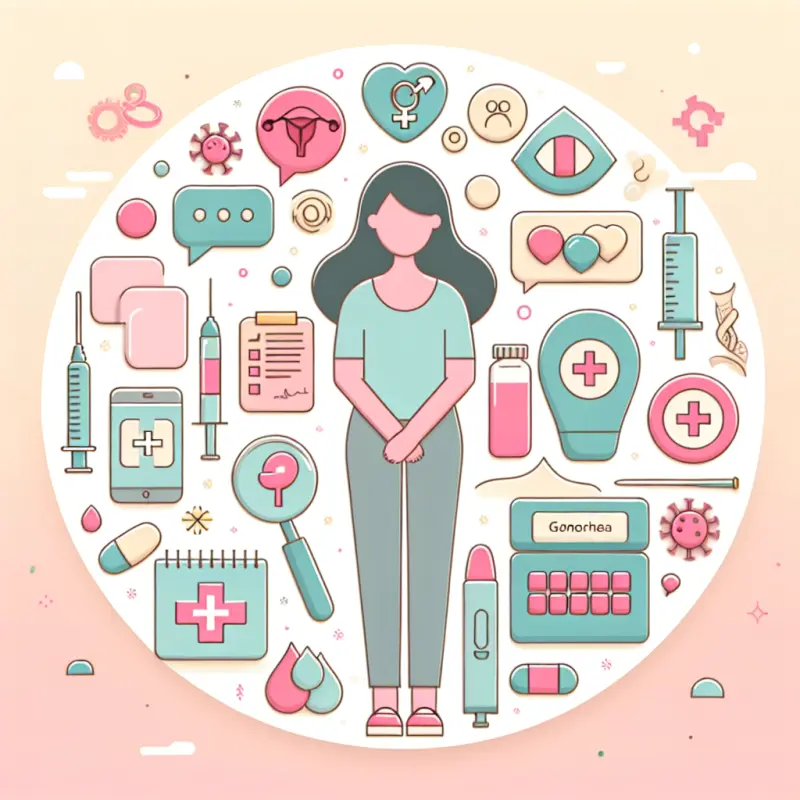Gonorrhea: Symptoms, Diagnosis, Treatment, and Prevention

Description
Gonorrhea is a common sexually transmitted infection (STI) caused by the bacterium Neisseria gonorrhoeae. It can infect the genitals, rectum, and throat. Gonorrhea is especially prevalent among young people aged 15-24. The infection spreads through vaginal, anal, or oral sex with an infected partner. Like many STIs, gonorrhea can be asymptomatic, meaning people may not know they are infected and can unknowingly transmit the infection to others.
If left untreated, gonorrhea can cause serious health problems, including infertility, pelvic inflammatory disease (PID), and increased risk of HIV. Pregnant women with gonorrhea can pass the infection to their babies during childbirth, which can lead to serious health issues for the newborn.
Symptoms
Gonorrhea symptoms can vary depending on the site of infection and the individual. Many people do not experience symptoms, especially women.
In Women
- Increased vaginal discharge
- Painful or burning sensation when urinating
- Vaginal bleeding between periods
- Abdominal or pelvic pain
In Men
- White, yellow, or green discharge from the penis
- Painful or burning sensation when urinating
- Swollen or painful testicles (less common)
In Both Genders (Rectal Infection)
- Discharge
- Anal itching
- Soreness
- Bleeding
- Painful bowel movements
Throat Infection
- Sore throat
- Swollen lymph nodes
- Usually mild or no symptoms
How to Know if You Have It
The only way to confirm a gonorrhea infection is through testing. Tests may include a urine sample or a swab from the affected area (cervix, urethra, rectum, or throat). Testing is recommended for:
- Sexually active women under 25
- Women 25 and older with risk factors (new or multiple partners)
- Men who have sex with men
- Anyone with symptoms or a partner diagnosed with an STI
If you suspect you have been exposed to gonorrhea, avoid sexual contact and see a healthcare provider for testing. Early diagnosis is crucial to prevent complications and transmission.
Treatment
Gonorrhea is treated with antibiotics. Due to increasing antibiotic resistance, the CDC currently recommends a single intramuscular injection of ceftriaxone. It is important to:
- Take all prescribed medication
- Abstain from sex for 7 days after treatment
- Inform recent sexual partners so they can be tested and treated
- Get retested after 3 months
Untreated gonorrhea can lead to:
- Pelvic inflammatory disease (PID) in women
- Infertility in both men and women
- Increased risk of ectopic pregnancy
- Chronic pelvic pain
- Epididymitis in men
- Disseminated gonococcal infection (DGI), which can affect joints and heart
Conclusion
Gonorrhea is a common and potentially serious STI that often presents without symptoms. Regular screening, safe sex practices, and prompt treatment are essential for sexual health. If you are sexually active, talk to your healthcare provider about regular STI testing and always use protection to reduce your risk. Early detection and treatment are key to preventing complications and stopping the spread of gonorrhea.